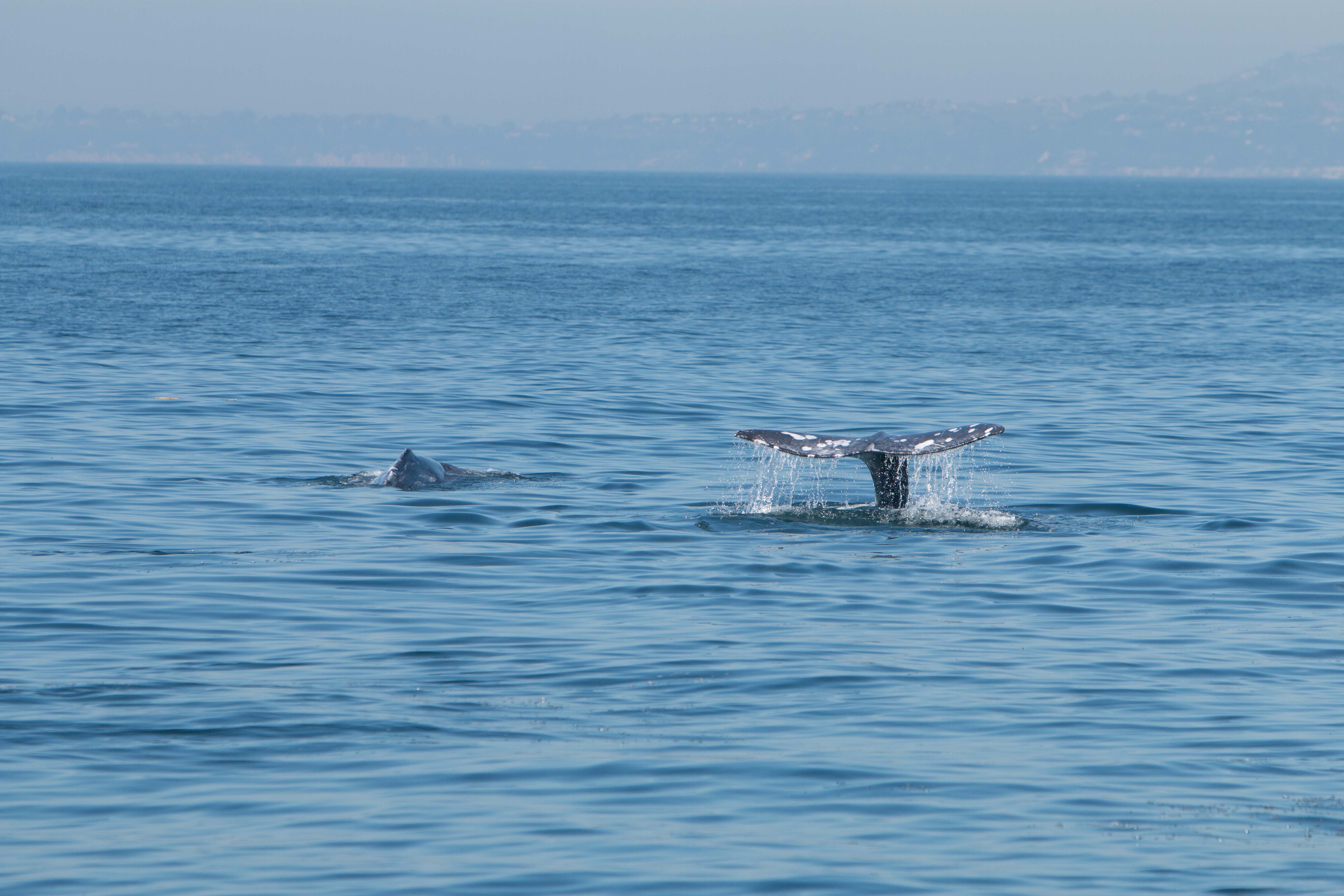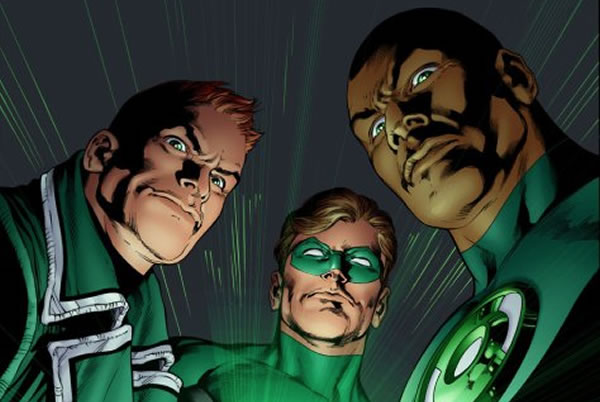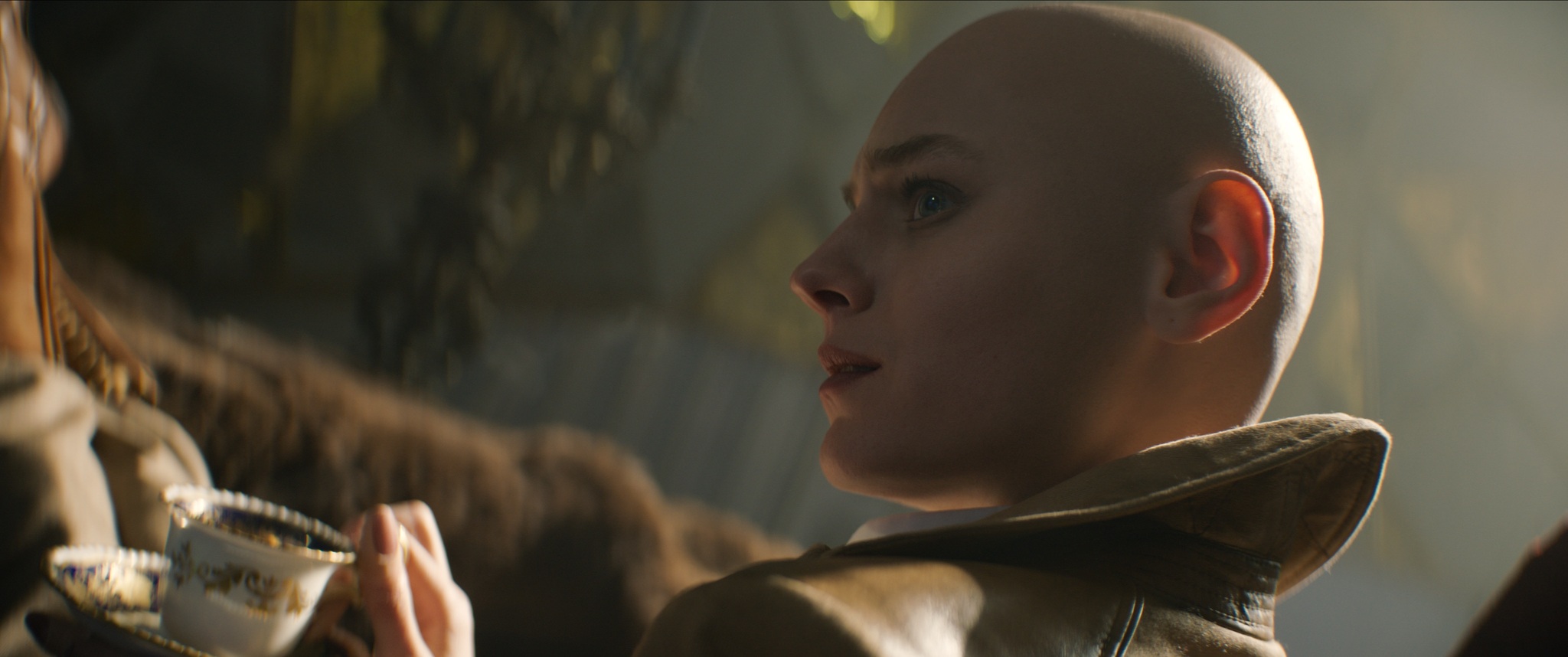https://www.youtube.com/watch?v=goPzACtnQSA
National Geographic Channel has been putting out some great programs.
One of the more anticipated docu-series will be with Hostile Planet, narrated by Bear Grylls.
With the changing planet environment, animals around the world must adapt to survive these new hostile conditions. The six-part series will look into these animals in different environments starting tonight at 9/8c.
The series is executive produced by Academy Award-winning cinematographer and director Guillermo Navarro (Pan’s Labyrinth), Emmy-nominated producer Martha Holmes (The Blue Planet), Emmy Award-winning Tom Hugh-Jones (Planet Earth II) and BAFTA winner Bear Grylls (The Island).
Tonight’s episode is called Hostile Planet: Mountains. On the highest mountains on Earth are home to snow leopards, golden eagles, mountain goats, barnacle goslings and gelada monkeys. With extreme weather, scarce food supplies and limited oxygen, the episode explores their survival in one of the most extreme environments.
Earlier this month, National Geographic invited us to join a whale watching expedition off the coast of Los Angeles. During this trip, we’ve seen some whales, dolphins, sea gulls and other wonderous ocean creatures with producers Guillermo Navarro and Tom Hugh-Jones on the boat. There were plenty of conversations with the producers, who provided great insight and fun on this boat ride.
After the trip, we’ve sat down for intimate lunch at a seaside restaurant sharing stories and knowing the producers on a personal basis.
LRM Online scored an exclusive interview with Tom Hugh-Jones, the producer of Hostile Planet. Hugh-Jones previously produced Planet Earth II, a highly successful series that become the most-watched natural history series for more than 25 years. He had also produced Human Planet and Life Story.
Hostile Planet is premiering tonight on National Geographic Channel. Please check your local listings.
Read our exclusive interview below and check out photos from the trip courtesy of Nat Geo.
LRM: What originated for ourselves for Hostile Planet? What gave you the idea to make this series?
Tom Hugh-Jones: We wanted to make a big spectacular natural history unit, but we wanted to make something that was slightly more dramatic that appeals to a younger audience and also look to our planet as this changing environment. That is becoming increasingly more challenging for animals to survive it.
LRM: There are a lot of documentaries and docu-series about the planet. What it’s going to make Hostile Planet different from all those other ones?
Tom Hugh-Jones: Well, when we first came up with the idea of doing Hostile Planet, we thought we really want to make this feel more contemporary and a bit more exciting to appeal to a younger audience. We got a team together. We collaborated with lots of different people who weren’t normally associated making wildlife shows. A person like Guillermo Navarro was the person we work with on the cinematography. It’s just really every aspect of the filmmaking process. We thought on how can we switch this up a bit, which isn’t easy when you’re making wildlife shows. When you’re filming animals, you kind of get what you get.
Everything we tried to make it feel more contemporary. We make it feel more character driven and more emotional. It gives you a bit more of a kind of rollercoaster ride of what it’s like to be in the natural world. At the same time, a lot of wildlife documentaries feel they could have been made at any time. We wanted this to feel current. That it’s made now. It acknowledges some of the changes that’s going on in the world for better or for worse.
We’ve just been out looking at whales. One of the stories we cover in Oceans is about blue whales and how they’re coming back. A feature a lot of stories about how the climate’s changing, whether it’s becoming more unpredictable and extreme. That makes the challenges for animals of surviving out there even more difficult.
LRM: The mere thought of basically filming this differently to catch the next generation. Was that proved to be a significant challenge?
Tom Hugh-Jones: Yeah. It’s really hard. I supposed traditionally when you film wildlife, you film them on a long lens. You’re kind of observing them from afar and that has this kind of distancing effect. You’re looking at something as it happening somewhere else. Whereas, we wanted to put the viewer right down there in the action with the animals to almost a experience the world through their eyes.
That meant trying to use kind of moving cameras and stabilized gimbals. Just using all the basic tools at our disposal to try and travel with the animals and experience the challenges they go through. It’s about the experience the natural world from their point of view.
LRM: You divided the series into six parts, am I correct? How did you determine which six parts to utilize?
Tom Hugh-Jones: It’s called Hostile Planet and the idea is to look at the challenges of surviving in the most kind of extreme corners of the globe. We looked to those places where the weather or the conditions are really the most punishing. The tallest mountains or the driest deserts or the coldest polar regions. That’s really where we got our inspiration from.
LRM: All of this sounds challenging. What was most difficult region?
Tom Hugh-Jones: [Laughs] Yeah. Different habitats are challenging for different reasons. I think probably the toughest was the polar region. We set out to film a couple of things that really put the crew through their paces. We went to film arctic walls. It had been filmed before, but people have always gone there in the summer. We decided to go there in the depths of winter. I think every day was like minus 50. The crew realize it was so cold, they could only operate for about half an hour. These wolves having to travel huge distances every day to find enough prey. Our crew then have to travel with them. Quite often, they would not find the wolves. Even when they did find the wolves it was so there was so little light they’d have to turn back and not film them.
We called it Hostile Planet with the idea to make a different film with animals at the most extreme moments. That meant normally as a wildlife filmmaker, you might be packing up the kit when things are getting too rough. That’s when we were just getting started.
LRM: This sounds like a lot of risk, particularly on your own lives. Why wouldn’t you guys want to do that?
Tom Hugh-Jones: We worked really hard planning the, the teams, the logistics and working with experts. The skill of making these shows is to work with enough expertise to make sure what could be really dangerous is actually quite safe. I supposed it was tough. It was tough going in with these conditions for the crew. Everyone’s driven by this passion of trying to show the world of these wonders of the natural world. It’s to hope that if people see how amazing these animals are, the incredible things they do to meet the challenges of surviving in these really extreme, extreme environments–then people will have a new respect for animals and hopefully want to protect them.
LRM: What would be the proudest scene that you guys filmed?
Tom Hugh-Jones: Wow! That’s a big question. I’m really proud of the whole series, actually. I think every single program is really strong. It’s got some really dramatic moments. I think one of the greatest triumph as we went to film snow leopards. Whenever you go to film or an elusive big cat–you’re just hoping to see them again with a few shots. We would have been happy with that.
We ended up capturing this incredible scene of this snow leopard hunting where it literally kind of tumbles through the air for about 200 feet with a prey in its mouth. It somehow manages to keep hold of it and survive, which is pretty astounding.
LRM: What was the length of period of production and how much footage do you actually got?
Tom Hugh-Jones: It was about three years in the making. I’d say about over 300 days filming for each episode. We have a shooting ratio of about 400 to one. For every hour of Hostile Planet you watch on television, there’s 400 hours that we’ve shot on the cameras. Yes, it’s quite an undertaking.
LRM: Is there going to be any regrets that you won’t be showing us?
Tom Hugh-Jones: There’s always a few sequences that you’re hoping to get something and it doesn’t quite happen. We worked with a really good team and perhaps more so than any other series I’ve worked on so far. We were surprising successful. Normally, you expect to drop a couple of sequences, because they don’t quite deliver. Certainly, there were a few scenes that didn’t make the cut, but generally most of what we shot is there on the screen.
LRM: What are some of the upcoming projects right after this?
Tom Hugh-Jones: I’m working on a project looking at nature at night using the kind of latest technology. There’s a whole new generation of light sensitive cameras and image intensifiers. We are kind of headed off into the night. A lot of other things in the pipeline. A few things I’m not allowed to talk about.
LRM: Why are you so attracted to these nature series yourself?
Tom Hugh-Jones: I had quite a kind of exciting upbringing where my parents. They were anthropologists. They took me to live in the Amazon jungle. A lot of my childhood was kind of framed in the natural world and lots of experiences with animals. That’s a passion that’s continued with me. It’s an amazing job. You get paid to travel to these really incredible places. It’s so much fun for a job waking up, having to track these animals, and try to work out what they’re doing. When you capture those incredible moments of animals in behaving in their most impressive moments–it’s really, really fulfilling. When you get back, you’re editing it, working with the musicians and you’re writing scripts.
I just love the whole creative process. I supposed that creativity, the travel and the exploration. It combines all my passions.
LRM: Do you feel you’re an environmentalist for contributing in this manner by educating people?
Tom Hugh-Jones: Hostile Planet, it’s not an environmental film. It doesn’t beat you over your head. It’s not doom and gloom about the planet. There’s a lot of quite a hard hitting information about this data, the planet and how our climate’s changing. I hope people will watch it and really enjoy the experience and find it really exhilarating and exciting. And then, they will come home having thoughts about and watch these animals doing incredible things to survive these days. Well, what can I do to make their lives a little bit easier?
LRM: Why is Bear Grylls perfect as a narrator for this series?
Tom Hugh-Jones: Of course, Bear is the ultimate spokesperson for human survival and surviving in the extreme extremes of the world. Who better to kind of narrate the exploits of animals trying to survive in the same conditions?
LRM: National Geographic basically helping you produce Hostile Planet. Why are they a perfect partner?
Tom Hugh-Jones: Nat Geo has a fantastic mission statement to go further, to explore the world deeper, to look at the world through a more challenging lens. I thought they were a great company to collaborate with. That’s exactly what I’d like to do is try to bring new angles and fresh perspectives on the natural world.
LRM: One last question. I’ll make it a fun one. How much frequent flyer miles you have and what are you going to do with them?
Tom Hugh-Jones: [Laughs] Yeah. I’ve got a fair few, but we were always traveling with different airlines. We were getting into some of these really quite strange countries. I’ve got a lot of pretty useless miles with some really strange airlines. [Laughs] After all this, maybe some big holidays. I’m never allowed time off.
LRM: Thank you very much.
Tom Hugh-Jones: Thank you.



Source: LRM Online

 FOR FANBOYS, BY FANBOYS
Have you checked out LRM Online’s official podcasts and videos on The Genreverse Podcast Network? Available on YouTube and all your favorite podcast apps, This multimedia empire includes The Daily CoG, Breaking Geek Radio: The Podcast, GeekScholars Movie News, Anime-Versal Review Podcast, and our Star Wars dedicated podcast The Cantina. Check it out by listening on all your favorite podcast apps, or watching on YouTube!
Subscribe on: Apple Podcasts | Spotify | SoundCloud | Stitcher | Google Play
FOR FANBOYS, BY FANBOYS
Have you checked out LRM Online’s official podcasts and videos on The Genreverse Podcast Network? Available on YouTube and all your favorite podcast apps, This multimedia empire includes The Daily CoG, Breaking Geek Radio: The Podcast, GeekScholars Movie News, Anime-Versal Review Podcast, and our Star Wars dedicated podcast The Cantina. Check it out by listening on all your favorite podcast apps, or watching on YouTube!
Subscribe on: Apple Podcasts | Spotify | SoundCloud | Stitcher | Google Play




